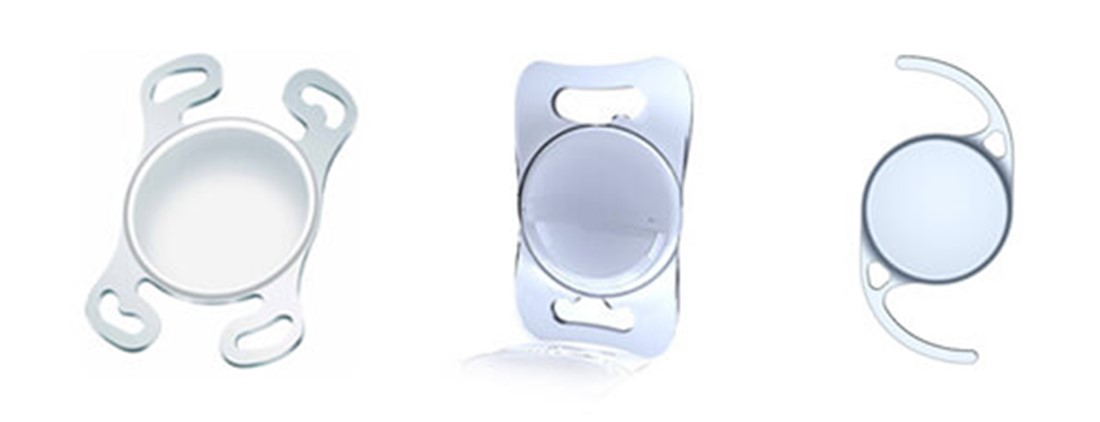Lens Choices In Cataract Surgery
What are my choices for vision and glasses after the operation?

Standard mono-focal lenses
Your lens, which helps you focus, is removed during the operation and is replaced with an artificial lens, the intra-ocular lens implant. There is a choice of different strengths (powers) of lenses which, just like different strengths of spectacle lenses, affect how clearly you see when looking into the distance or when looking at near things such as reading a book.
During your initial assessment, your surgeon will discuss with you whether you want to have better focus for close vision or for distance vision. Most people choose to aim for good distance vision after the operation. If you choose this option, you will usually need reading glasses and you may still need glasses for fine focusing in the distance.
Some people choose to aim for good near vision, especially if they like to read without glasses or do a lot of detailed close work such as embroidery. If you choose this option, you will need glasses for distance.
Multifocal lenses
Multifocal lenses are lenses that aim to correct vision for both near, mid-distance and distance. They work by using a diffraction grating with rings or zones at three different focal points in the lens. Unlike the natural lens, this lens does not change in thickness, it splits the light three ways to allow the three focal points. These require some time to get used to as the focal points are set and between these points, the vision is blurred. Multifocal lenses do not work for all patients and may cause some visual quality problems such as haloes and glare for example when driving at night.
Extended Depth of Field (EDOF) Lenses
These are the most modern version of intra-ocular lenses. They offer an increased depth of field allowing good distance and some intermediate vision but no near vision. They do not cause glare or haloes like the multifocal lenses, whilst offering a greater depth of field than standard mono-focal lenses.
Monovision
This is a method of combining a clearer distance vision lens in one eye with a clearer focus at arms’ length (mid distance vision lens) in the other, is a good option if you are keen to be less glasses-dependent, but it only works if both eyes are healthy, aside from the cataract. A more gradual transition from the far vision in one eye and the mid-distance vision in the other can now be achieved by combining EDOF lenses.
Spreading the focus between the eyes in this way does not normally stop them working together or make you feel unbalanced, and it helps you to do more activities comfortably without glasses. As the brain does the work of choosing the better image so that the better focussed eye is selected, there is a small chance that this arrangement may not be tolerated. Certain tasks will still require ‘top-up’ glasses for at least some activities after surgery and it may take you a few weeks to get used to your new vision. This option requires careful consideration and may not be suitable for all patients.
Toric lenses - correction of astigmatism
All of the lens varieties ie standard monofocal, EDOF and multifocal lenses are available in toric forms. A toric lens is only required in the presence of significant astigmatism. They are not required if you are happy wearing glasses for distance, and are not suitable if you have other eye problems apart from cataract and high astigmatism. The surgery is the same as standard cataract surgery except, once the toric lens has been inserted, it is carefully rotated to the correct position for each patient. A standard lens does not need to be placed so precisely.
There are some potential issues with toric lenses:
- A toric lens may not fully correct the astigmatism and you may still need glasses for distance.
- If complications occur during cataract surgery, it may not be possible to insert a toric lens.
- The lens can rotate and a second operation may be needed to rotate the toric lens back into position for best vision, with the additional risk of further surgery.
- Some patients may require further surgery to remove the toric lens and replace it with a standard lens.
- The alternative options to using toric lenses for those with high astigmatism are glasses or contact lenses. Laser refractive procedures can also correct astigmatism, but are not available on the NHS.

